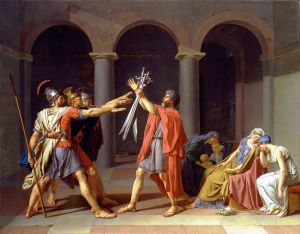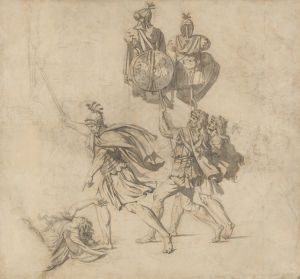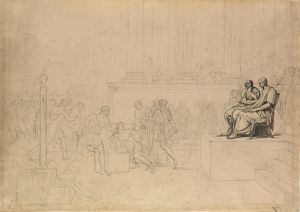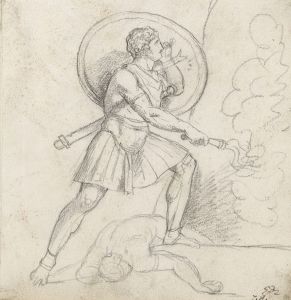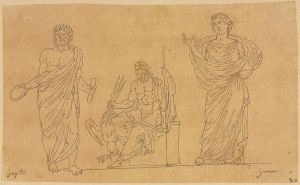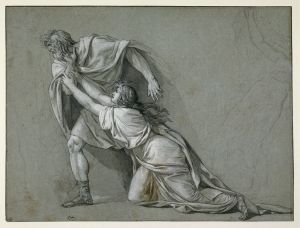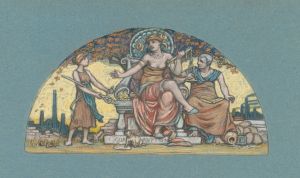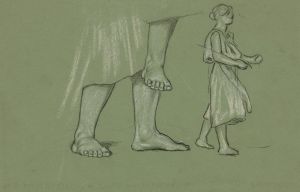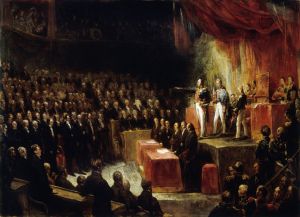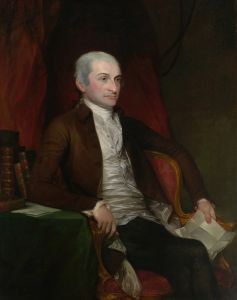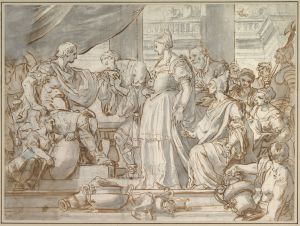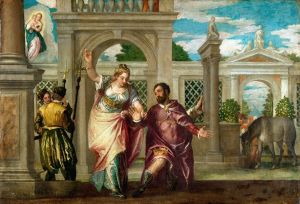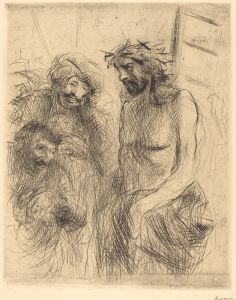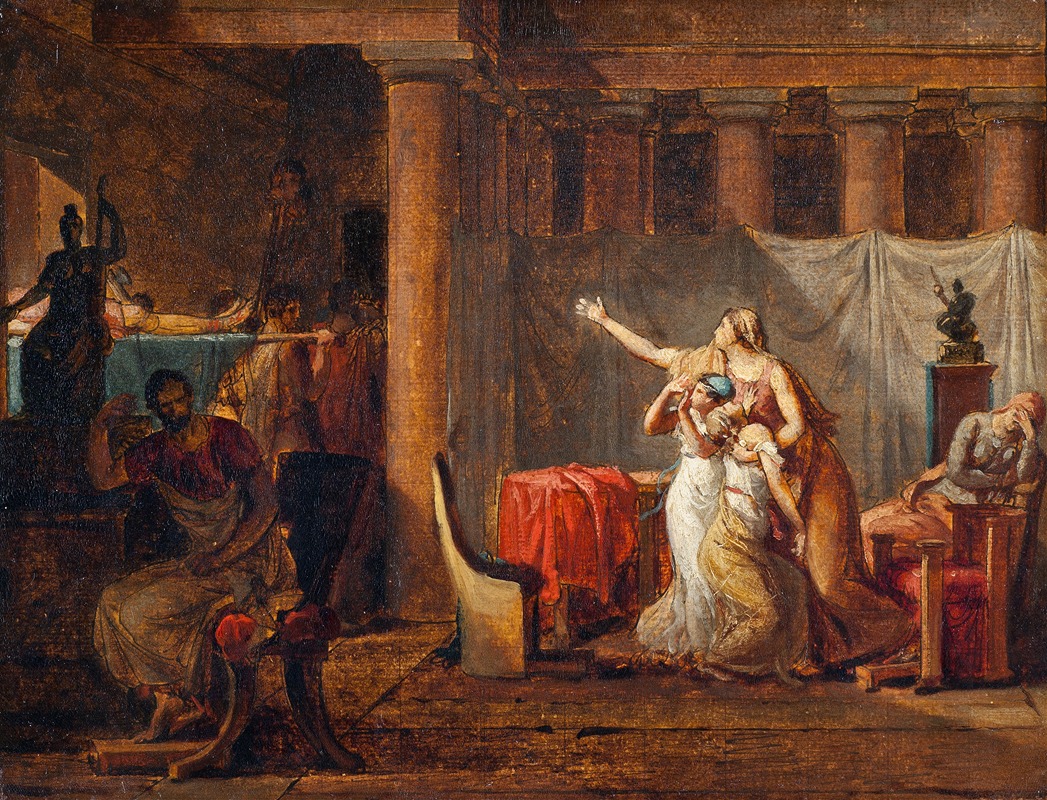
The Lictors Returning to Brutus the Bodies of his Sons. Study
A hand-painted replica of Jacques Louis David’s masterpiece The Lictors Returning to Brutus the Bodies of his Sons. Study, meticulously crafted by professional artists to capture the true essence of the original. Each piece is created with museum-quality canvas and rare mineral pigments, carefully painted by experienced artists with delicate brushstrokes and rich, layered colors to perfectly recreate the texture of the original artwork. Unlike machine-printed reproductions, this hand-painted version brings the painting to life, infused with the artist’s emotions and skill in every stroke. Whether for personal collection or home decoration, it instantly elevates the artistic atmosphere of any space.
"The Lictors Returning to Brutus the Bodies of his Sons" is a significant work by the renowned French painter Jacques-Louis David, completed in 1789. This painting is a prime example of Neoclassical art, a movement that sought to revive the classical styles and themes of ancient Greece and Rome. David, a leading figure in this movement, was known for his historical and allegorical paintings that often carried political messages.
The painting depicts a dramatic scene from Roman history, specifically from the story of Lucius Junius Brutus, the founder of the Roman Republic. According to legend, Brutus was faced with a grave personal and political dilemma when his two sons were found guilty of treason for conspiring to restore the monarchy. In a demonstration of his commitment to the Republic and its laws, Brutus ordered their execution. The painting captures the moment when the bodies of his sons are returned to him, highlighting the tension between personal loss and public duty.
David's composition is meticulously structured, with a strong use of chiaroscuro to emphasize the emotional gravity of the scene. The figure of Brutus is seated in the shadows on the left, his face partially obscured, symbolizing his inner turmoil and stoic resolve. In contrast, the right side of the painting is brightly lit, where the lictors, Roman officers, carry the lifeless bodies of his sons. The women in the painting, presumably Brutus's wife and daughters, are depicted in various states of grief, adding to the emotional intensity of the scene.
The painting was completed during a tumultuous period in French history, just before the outbreak of the French Revolution. It resonated with contemporary audiences who saw parallels between Brutus's sacrifice for the Republic and the revolutionary ideals of liberty and civic virtue. David himself was an active supporter of the Revolution, and his works often reflected his political beliefs.
"The Lictors Returning to Brutus the Bodies of his Sons" was first exhibited at the Paris Salon of 1789, where it received considerable attention and acclaim. The painting's powerful narrative and moral complexity made it a subject of much discussion and analysis. It is now housed in the Louvre Museum in Paris, where it continues to be admired for its artistic and historical significance.
David's work is characterized by its clarity of form, sober colors, and strong lines, all of which are evident in this painting. His ability to convey complex emotions and moral dilemmas through his art has cemented his reputation as one of the most important painters of his time. "The Lictors Returning to Brutus the Bodies of his Sons" remains a poignant reminder of the sacrifices demanded by political ideals and the enduring power of art to reflect and influence society.





